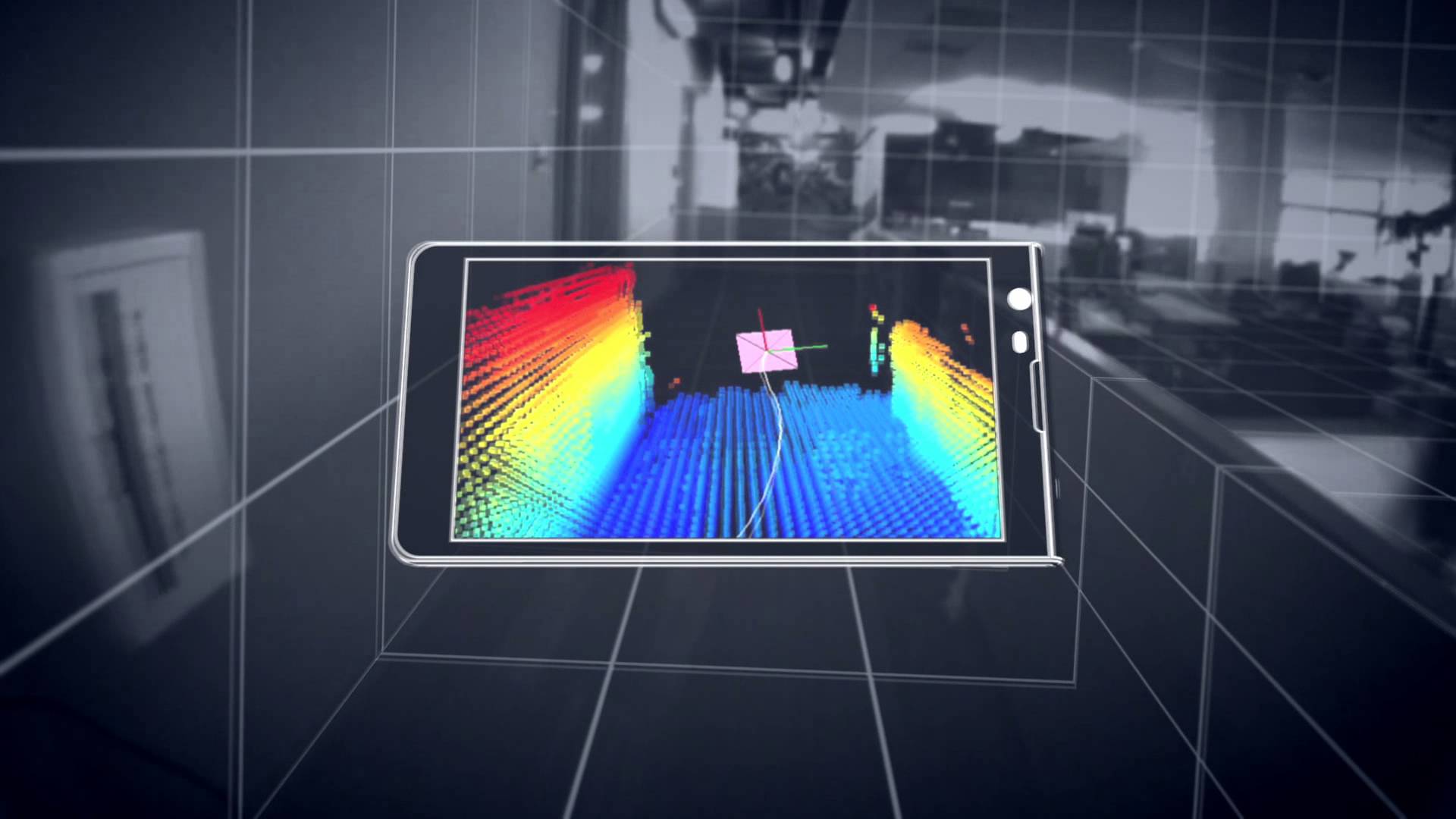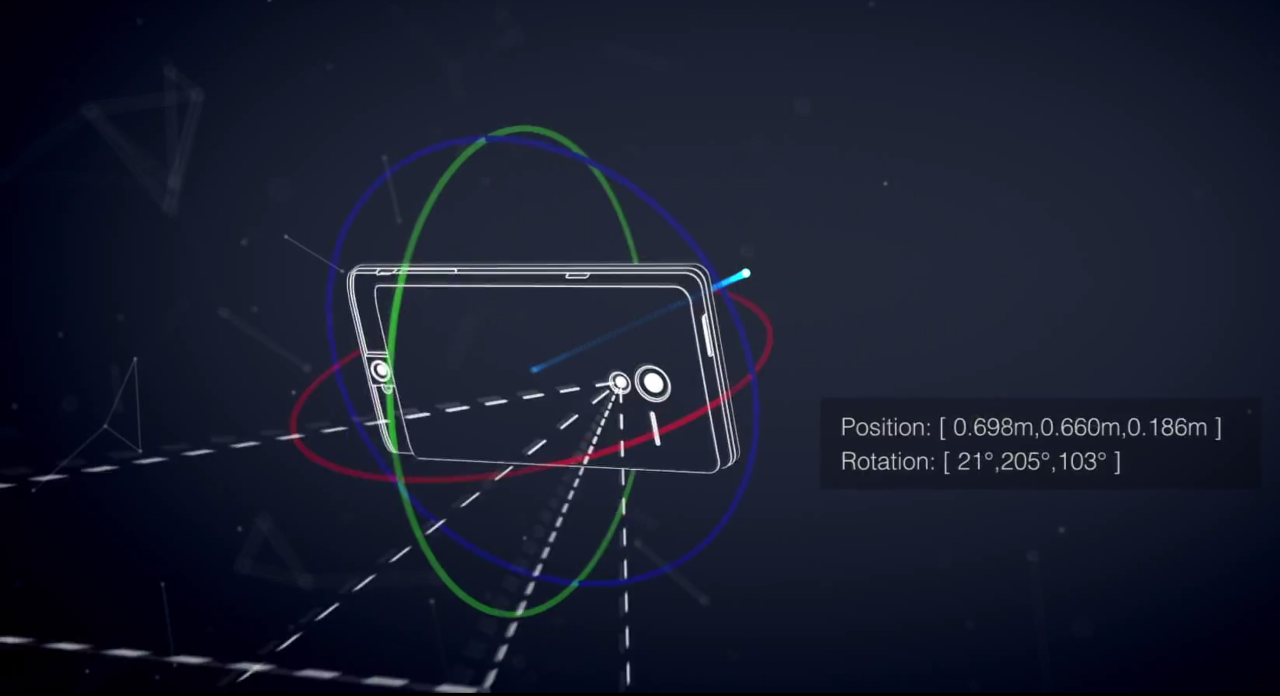




The entire gadget and smartphone industry are aware of the Project Tango keywords as its a project Google has been working on from past one year and if the reports are to be believed, the project is now finally getting implmented since the reports claim that one of the major manufacturer is planning to use the technology.

In their recent announcement, both the Google and Lenovo shared a teaser that read, Mobile devices should see and navigate the world, the way we do. Join Lenovo & Google's Project Tango for a special announcement. Recent reports by ComputerWorld, state that a product line using Project Tango is likely to be announced at CES 2016 by Lenovo, including a consumer-facing product.
To recall, Lenovo in the year 2014 acquired Motorola Mobility from Google, though the Internet giant retained the mobile firm's Advanced Technology and Projects (ATAP) group. For now, not much is known about the Project Tango devices Lenovo intends to launch at upcoming CES 2016, however, applications of machine vision in mobile devices can be expected.
Project Tango is an imaging technology that uses a combination of various sensors to "see" the environment around the user and generate spatial awareness for the phone. Developed by a team led by former Kinect lead Johnny Lee, Tango was created by Google's Advanced Technology And Projects group and makes use of a number of different sensors on the phone or tablet to create a sophisticated picture of the surroundings.

In terms of its working, it has an infrared emitter and infrared camera that acts as a range-finder to measure the distance between the phone and various objects around it, allowing them to be mapped in three dimensions. A wide angle camera adds details about the location, and other phone sensors including accelerometers, gyroscopes, and barometers combine to help Tango calculate not just what is around the phone or tablet, but also the angle at which the user is looking at the object, how far away it is, and what it exactly looks like.
Giving this level of detail is an incredible achievement, and hence, Tango could be useful for users in myriad ways and its beneficial for developers too as they won't have to work on it from the ground level, as Google has APIs to allow them to use the data directly from Tango.The growing interest in Virtual Reality and Augmented reality can further improvise Project Tango.
Project Tango is managed by Nvidia, Qualcomm, and Intel except MediaTek who is missing from this list for now and if the starting few Tango devices are able to satisfy the customers in all respects then that won't be the case for long either.